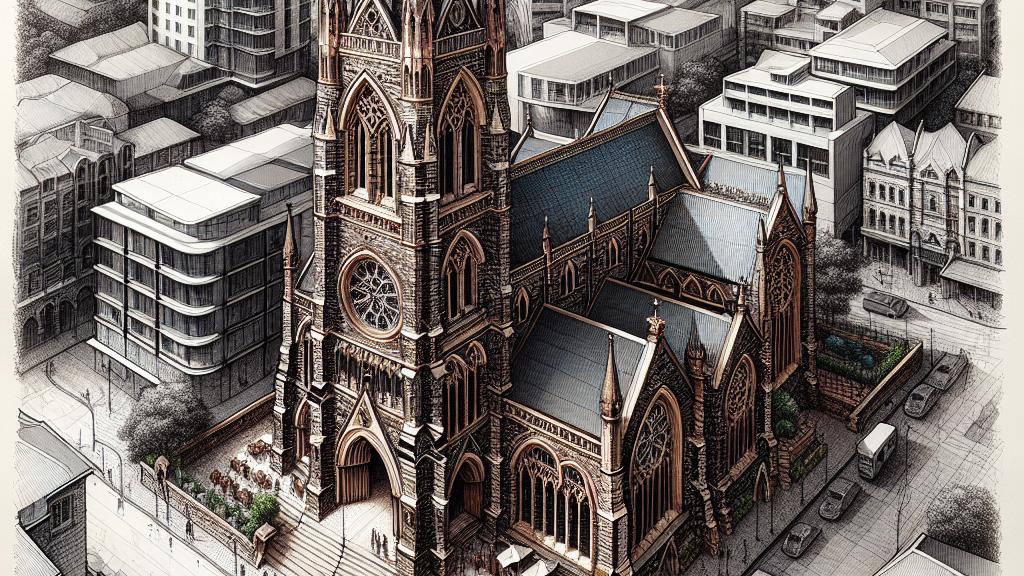From Sanctuary to Spotlight: Australia's Empty Churches are Reborn
Overview
- Abandoned churches in Australia are being creatively repurposed into restaurants, homes, and offices.
- This transition is a response to declining religious affiliation and growing urban demands.
- Preservation of historical architecture enriches modern community spaces and maintains cultural heritage.

Revitalizing The Kirk: A Symbol of Change in Sydney
Set in the vibrant neighborhood of Surry Hills, Sydney's The Kirk, a striking Victorian Gothic church erected in the 1870s, is gearing up for a transformative redevelopment. Once a thriving center for the local Methodist community, The Kirk has stood empty for more than five decades. With a new A$5.7 million project underway, this historic site will soon become a bustling 200-seat restaurant alongside modern office spaces. Developers prioritize preserving the church's remarkable features, including its intricate stained-glass windows and unique bronzed doors, in an effort to respect its rich past while adapting the structure for contemporary use. This initiative illustrates how historical buildings can evolve and continue to contribute to the community’s cultural landscape.
A Nationwide Phenomenon: The Reimagining of Australia's Churches
The revitalization of The Kirk is emblematic of a broader trend seen throughout Australia, where myriad abandoned churches are being reimagined for diverse new purposes. The country has witnessed a marked decline in religious observance, with census data indicating that the percentage of Christians dropped from 52% in 2016 to under 44% in 2021. As a result, many churches find themselves shuttered, prompting developers to step in and repurpose these spaces into vibrant restaurants, art galleries, and unique residences. This movement not only addresses immediate urban demands but also celebrates the historical significance of these structures. Cities like Melbourne and Adelaide are witnessing similar transformations, where old churches become community hubs that infuse modern life with a sense of history and identity.
Sustainability and Heritage: The Challenges and Rewards of Adaptive Reuse
While converting churches into new spaces presents distinct challenges— including potential high renovation costs and maintaining compliance with heritage preservation regulations—the rewards are substantial. These adaptive reuse projects not only breathe new life into old structures but also promote sustainability by minimizing the environmental impact associated with new construction. By investing in the preservation of architectural heritage, developers strengthen community ties and foster a deeper appreciation for local history. As these transformed spaces come to life, they benefit from a unique character that marries the beauty of the past with the functionality required by modern society. This growing trend in Australia reflects a commitment to heritage, community needs, and an environmentally conscious approach to urban development.

Loading...